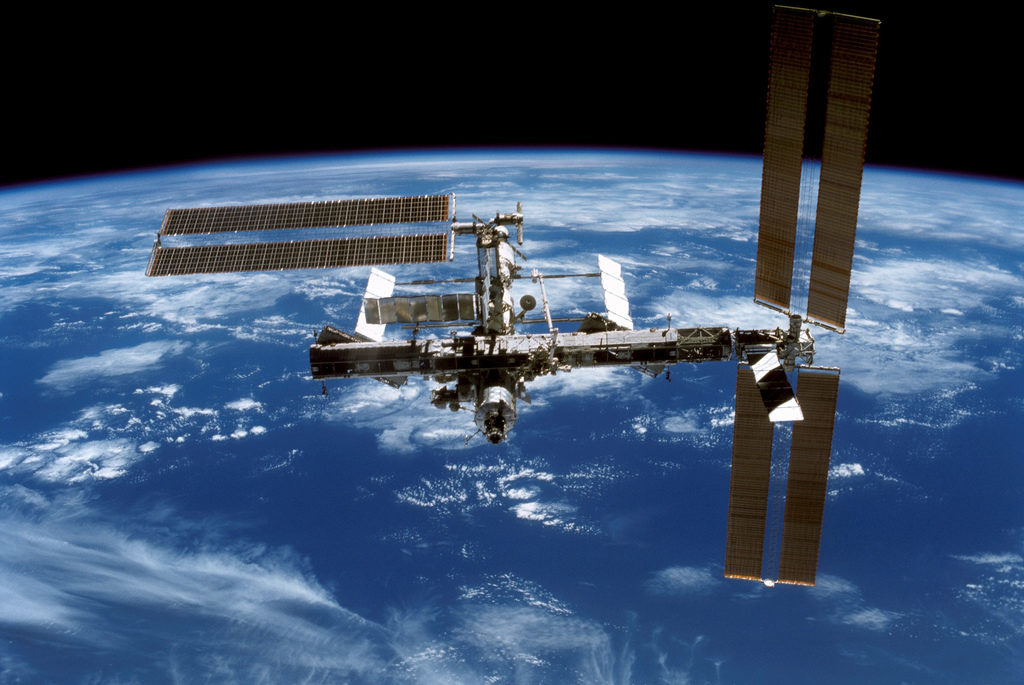Plans for the next generation of space exploration have been touted for years, but have been subject to budgetary cuts and general lack of enthusiasm, leading to potential programs being scrapped. Now, however, plans of a new orbital outpost, or “Space Gateway,” seem to have come to near fruition as NASA is set to build the infrastructure that will allow people to be sent back to the final frontier for further discovery and exploration.
Initially called the Deep Space Gateway, it has been re-branded in the 2019 budget as the Lunar Orbital Platform-Gateway. As Patrick Troutman, a space architect at NASA Langley Research Center in Hampton, explains it will serve as a test bed for the next generation of technologies, science experiments, and the platform from which crewed and robotic missions to the Moon and, eventually, Mars will be launched.
In a report from the Daily Press, as far as Troutman is concerned, the Gateway is “the beginning of Star Trek.”
“It’s not just the Gateway,” he said. “It’s why we’re investing in rockets and in capsules and the Gateway and how they all merge together to make a more sustainable future for space exploration.”
Currently, construction is set for sometime in 2020 and is being led by the International Space Station (ISS) partners: European Space Agency (ESA), NASA, Russian state-sponsored Roscosmos, Japan Aerospace Exploration Agency (JAXA), and Canadian Space Agency (CSA).
“A lot of people think the Gateway is a mission – it’s not. It’s a piece of infrastructure we’ll use to do other things better,” Troutman explained.
The station would be used as a staging point for lunar exploration and as a launch station for proposed “Deep Space” transport, which is a concept of a reusable vessel that utilizes electric and/or chemical propulsion. Furthermore, the Gateway would be specifically designed for missions to destinations such as Mars, Jupiter’s moon Titan, and possibly to asteroids.
The Gateway infrastructure will be delivered to orbit in thousands of parts and assembled one piece at a time, starting in 2020 with a solar-electric propulsion system. Subsequent missions will construct a full habitat system and an airlock for docking spacecraft. In 2023, the first crew is said to arrive.
The space station will be similar to the ISS insofar as international and even commercial partners can add their own sections. Troutman said the band of spacefarers would assemble, “‘a little international space depot’ to support lunar and Mars missions.” Though, the infrastructure will be smaller than ISS and only support stopovers for 30 days or less.
“What’s unique about the Gateway is, we want something that doesn’t have people on it so we can understand human systems that are robust and reliable without people being there,” Troutman said.
This is quite important because as humans come closer to leaving for Mars, the nine-month travel time, as based on current chemical propulsion systems, will leave the Gateway unattended. Therefore, it will need to be somewhat self-sufficient and low-maintenance.
“…there’s no one up there tending to it [the Gateway], and that’s your ride home,” he explained. “So if it’s not robust, if it can’t take care of itself, they’re not getting back from Mars.”
Once constructed, the Gateway will be used first as a staging outpost to explore the moon and its resources, starting with robotic systems. Commerce Secretary Wilbur Ross has even said that one of the Trump Administration’s goals is building a “gas station for outer space” on the moon, an idea that has been looked at for decades.
As far as experimentation is concerned, as the platform will be in Earth’s orbit, subject to higher levels of radiation and different gravitational and magnetic field affects, science experiments in astrophysics, heliophysics, life sciences, and biology can be conducted with different starting conditions than here on Earth.
As well, with the Gateway perched within the lunar gravity wells, spacecraft voyaging from the outpost deeper into space will not require big, powerful chemical rockets, but more efficient and refined solar electrical propulsion systems.
Troutman said, “You build it [the Gateway] and then use it to achieve greater missions. And those greater missions are what we do on the moon. They are what we do on Mars. They are the science sample return. They’re all the science we can do with it.”

